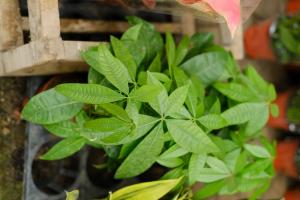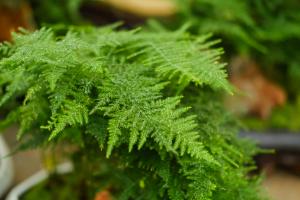What Plant Zone Is
When it comes to choosing plants for your garden, one of the most important factors to consider is the plant hardiness zone. This zone system is used to determine which plants can survive in a particular climate, based on the average minimum winter temperature in that region. In this article, we will explore what plant zone is and why it matters when choosing plants for your garden.
Understanding Plant Hardiness Zones
Plant hardiness zones were first introduced by the United States Department of Agriculture (USDA) in the 1960s. The zones range from 1-13 and are based on the coldest temperatures a region typically experiences during the winter months. Each zone represents a range of temperatures that plants in that zone can tolerate.
The higher the zone number, the warmer the climate is likely to be. For example, Zone 1 represents the coldest regions, with average winter temperatures ranging from -60 to -50 degrees Fahrenheit, while Zone 13 represents the warmest regions, with average winter temperature ranging from 60 to 70 degrees Fahrenheit.
Why Plant Hardiness Zones Are Important
Plant hardiness zones are important because they help gardeners choose plants that are more likely to thrive in their region. If you choose a plant that is not suited to your climate, it may not survive the winter or may require significant extra care and attention to ensure its survival.
By selecting plants that are well-suited to your climate, you can save yourself time, money, and effort, and increase the likelihood of a successful garden. For example, if you live in Zone 3, you would want to choose plants that can survive in cold temperatures and possibly even tolerate frost.
How to Determine Your Plant Zone
To determine your plant hardiness zone, you can use the USDA Plant Hardiness Zone Map. This interactive map allows you to enter your zip code or state and find your corresponding zone number.
Once you know your zone, you can use it to choose plants that are recommended for that zone. Many plant labels or catalogs will indicate the plant's preferred hardiness zone, making it easy to choose plants that are well-suited to your climate.
Conclusion
In conclusion, understanding what plant zone is and why it matters can help you make informed decisions when it comes to choosing plants for your garden. By selecting plants that are well-suited to your climate, you can increase the likelihood of success and save yourself time, money, and effort in the long run. So next time you're shopping for plants, be sure to take a moment to consider which zones are appropriate for your region.

 how many times do yo...
how many times do yo... how many planted tre...
how many planted tre... how many pine trees ...
how many pine trees ... how many pecan trees...
how many pecan trees... how many plants comp...
how many plants comp... how many plants can ...
how many plants can ... how many plants and ...
how many plants and ... how many pepper plan...
how many pepper plan...






























